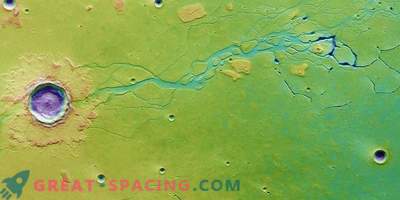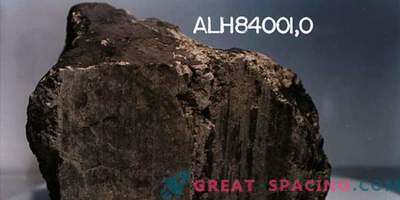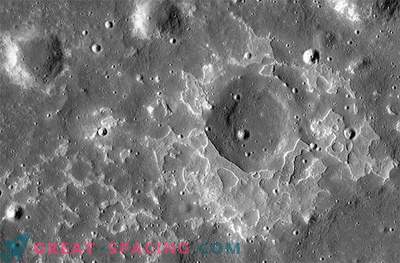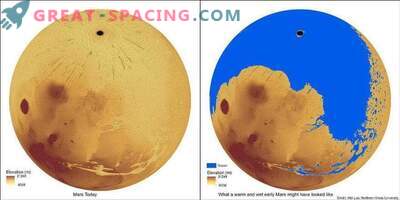
Researchers believe that volcanoes in the Martian region of the Sisyph Plateau will be similar to subglacial terrestrial volcanoes, like Herdurebrade in Iceland
On the climatic situation of ancient Mars has long been debated. Was the Red Planet warm and humid or cold and ice? A new study provides evidence for the second option.
Mars is covered with a grid of valleys, deltas and lake sediments. This suggests that about 4 billion years ago, water had to flow freely. But the climate models of the ancient past of the planet could not create sufficiently warm conditions for liquid to be located on the surface.
Models for the past of Mars are difficult to create, since then the Sun was weaker, and our system is cooler. Therefore, scientists decided to turn to the volcanic records of Mars. In the period of early history, the Red Planet was generously inhabited by volcanism. For example, there is a site with a low and smooth topography in the southern highlands, called the Plateau of Sisyphus. Here there are more than 100 flat hills that can be volcanic in origin.
In terrestrial conditions, when volcanoes erupt under ice layers and glaciers, the combination of heat and melt water form flat tops. If subglacial eruptions do not disrupt ice surfaces, then the tops of volcanoes remain cone-shaped, rather than flat. The researchers used images of the CRISM spectroscope to see if the mineral composition of the Martian site corresponds to subglacial volcanism. CRISM finds both the visible range and shorter wavelengths of light, which makes it possible to identify a wide range of minerals on the surface of the Red Planet. In visible waves, the reflection of light is strongly influenced by iron, and the infrared wavelengths of CRISM can detect traces of carbonate, sulfate, hydroxyl, and water.
As a result, three different mineral combinations were obtained in the area where gypsum predominates, polyhydrate sulfates and smectite-zeolite-iron oxide mixture. Now scientists have two data sets (minerals and morphology) indicating that there should have been ice on Mars at some point in time.
The researchers hope that their findings are used as a guideline in the study of other Martian territories with volcanic history. If Mars was a frosty, icy desert, then volcanic eruptions on contact with ice could form a favorable place for microbial life.











































